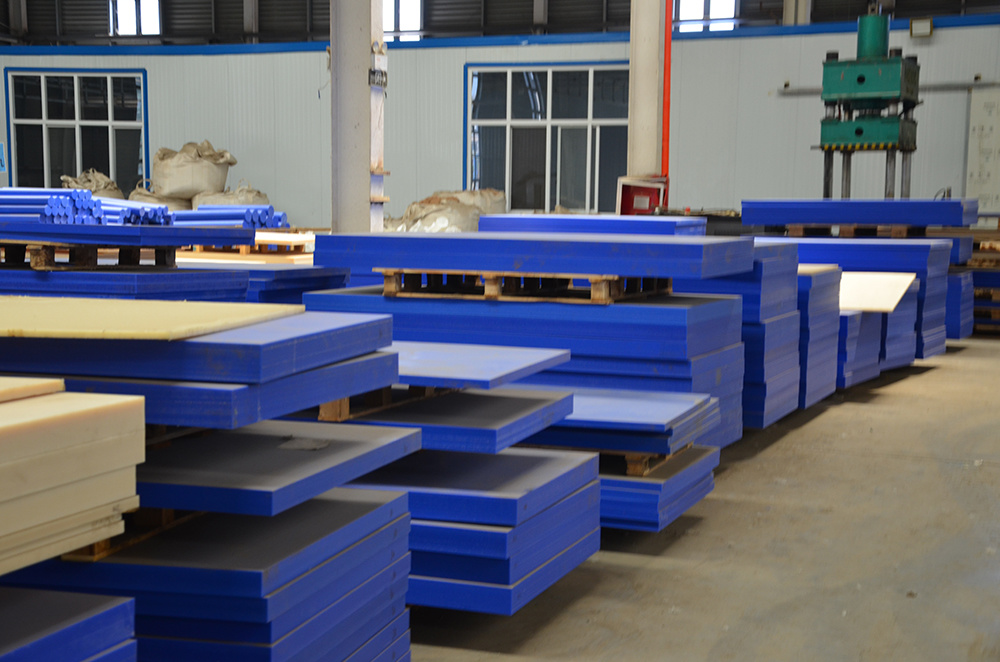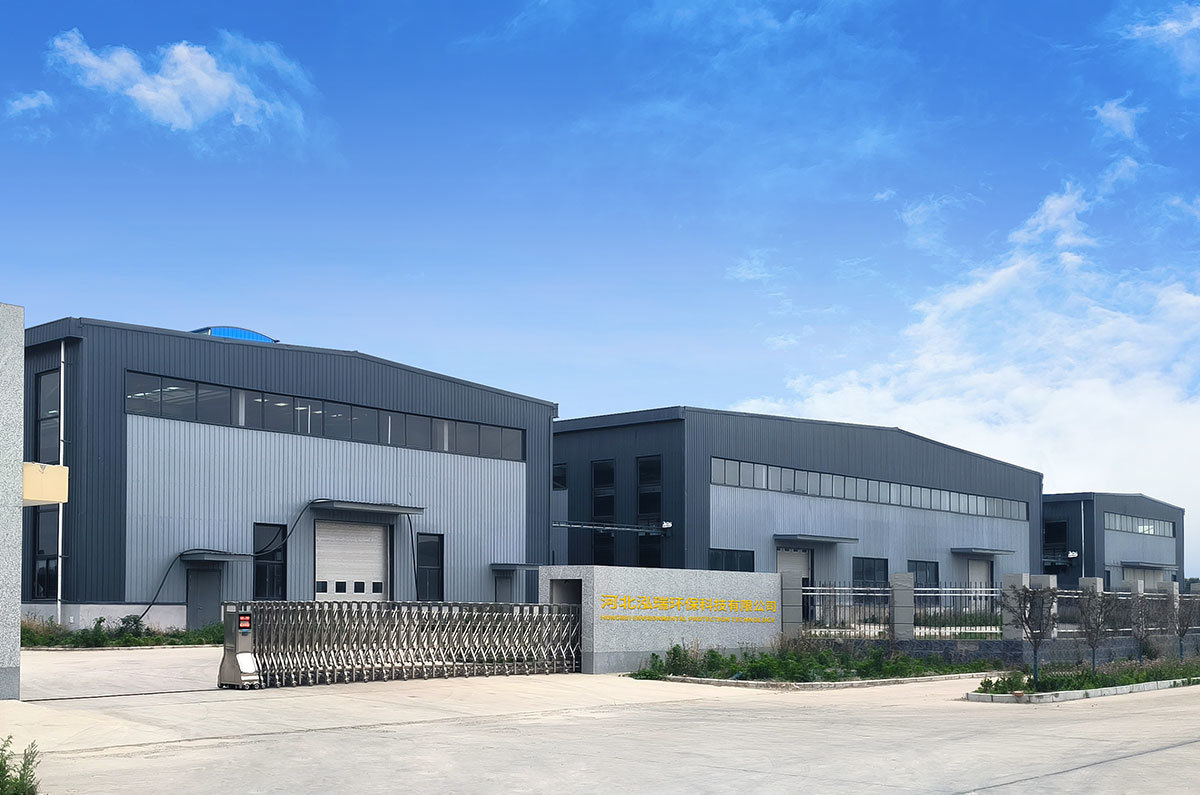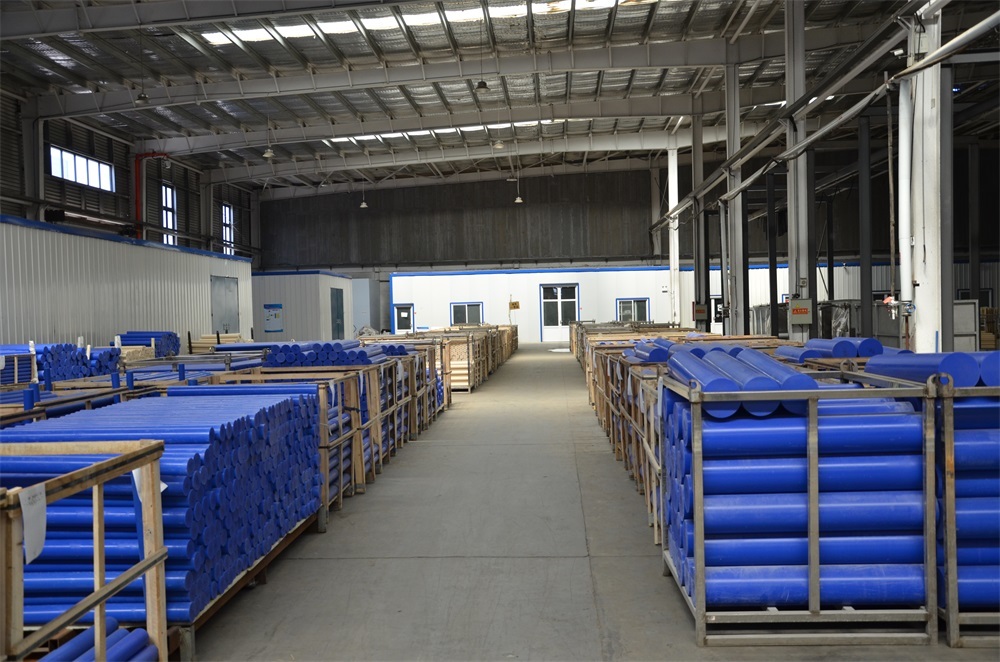Purchaser MC Nylon and grade selection guide: Choose the right type for your needs
2025-06-11

MC Nylon Grade Guide: From Standard MC901 to Special Formulations
Monomer casting nylon (MC nylon) is not a universal material. Through various modifications during polymerization or post-processing, a series of MC nylon grades with specific properties have been developed to meet diverse industrial needs. For purchasing managers and engineers, selecting the correct grade is crucial for achieving the desired performance, service life, and cost-effectiveness.
Understanding Common MC Nylon Grades and Their Applications:
Let's explore some common MC nylon grades and their typical uses:
1. Basic/Unmodified MC Nylon (e.g., MC901 - usually blue or ivory/natural):
○ Characteristics: These grades typically contain minimal or no special functional additives. They exhibit the general comprehensive performance of MC nylon: good mechanical strength, rigidity, hardness, decent wear resistance, and excellent machinability. The common blue color (such as MC901) is usually used for identification; the natural color is usually ivory white. MC901 is claimed to be superior to ordinary nylon 6 in terms of mechanical strength, wear resistance, heat resistance, and chemical properties. Some ivory white MC nylon properties are very close to nylon 66. Hebei Hongrui provides MC907 (natural color) and MC901 (blue) rods and plates.
○ Typical Applications: Widely used in general mechanical components, such as gears, bearings, bushings, sliders, guides, rollers, and wear-resistant plates, where the material requires a certain degree of strength and wear resistance, but there are no extreme special performance requirements (such as ultra-high temperature tolerance).
2. Oil-Filled MC Nylon (e.g., PA6+oil - usually green):
○ Characteristics: Liquid lubricant (mineral oil or synthetic oil) is uniformly dispersed in the nylon matrix during polymerization. This "internal lubrication" gives the material itself excellent self-lubrication, with a much lower coefficient of friction than unmodified MC nylon (can be reduced by 50%), and significantly improved wear resistance (can be increased by 10 times). Suitable for conditions where external lubrication is impossible, the load is high, and the operating speed is low. MC703 (green) is an example of such a product from some manufacturers.
○ Typical Applications: Sliding bearings, bushings, self-lubricating pulleys, transmission gears requiring low friction, conveyor chain guides, and textile machinery components. It is particularly valuable in some heavy-duty, low-speed, or dusty environments where oiling is not suitable.
3. Molybdenum Disulfide (MoS₂) Filled MC Nylon (usually gray/black):
○ Characteristics: Molybdenum disulfide (MoS₂) powder is added as a solid lubricant and nucleating agent. This can improve the material's load-bearing capacity and wear resistance, while improving its crystal structure, making it denser. Compared with unmodified MC nylon, its impact toughness and fatigue resistance may be slightly reduced, but the stiffness and hardness are improved. MC801 (gray, containing molybdenum disulfide) is a grade from some manufacturers.
○ Typical Applications: Heavy-duty gears, bearings, star wheels, sheaves, wear-resistant sleeves and liners, these components require high load-bearing capacity and wear resistance. It performs well in situations where liquid lubricants are not allowed but friction still exists.
4. MC Nylon with Solid Lubricants (usually gray):
○ Characteristics: Proprietary formulations that incorporate various special solid lubricants (may include PTFE, graphite, etc.) into the nylon matrix. These materials typically have an extremely low coefficient of friction, excellent wear resistance, and very high pressure-velocity (PV) capabilities (reportedly 5 times higher than ordinary cast nylon).
○ Typical Applications: High-speed, high-load, precision motion components that cannot be externally lubricated, such as high-speed bearings, sliders with high PV value requirements, and joint bearings requiring long-term maintenance-free operation.
5. Toughened MC Nylon (e.g., MC901 blue - special modification):
○ Characteristics: By adding specific toughening agents or using special polymerization process control, the material's impact toughness, flexibility, and fatigue resistance are significantly improved. MC901 (blue) after special modification can be classified into this category.
○ Typical Applications: Often used to manufacture gears (especially gears that withstand impact loads), racks, coupling buffer blocks, and other structural and transmission parts that require good impact and fatigue resistance.
6. Weather-Resistant MC Nylon (e.g., MC801 - usually black/dark gray):
○ Characteristics: Special graphite or other UV stabilizers are added to the base of MC901, etc., to improve the material's weather resistance, making it better able to resist UV radiation and atmospheric aging, suitable for long-term outdoor use. The MC801 grade sometimes refers to the molybdenum disulfide-filled type (as described above), and sometimes refers specifically to the weather-resistant type according to the manufacturer's naming rules.
○ Typical Applications: Outdoor components of agricultural machinery, construction machinery, and port equipment, as well as other components that are exposed to sunlight for long periods.
7. Conductive/Anti-static MC Nylon (e.g., MC501CD R2):
○ Characteristics: By adding carbon-based fillers (such as carbon black, carbon fiber), MC nylon is given conductive or anti-static properties to prevent electrostatic accumulation. Performance can range from anti-static (surface resistivity 10⁶-10⁹ Ω/sq) to conductive (<10⁶ Ω/sq).
○ Typical Applications: Components in the electronics and semiconductor industries (such as fixtures, guides), mechanical components in flammable and explosive environments (such as conveyor equipment components), and medical device components.
Selection Logic: Step-by-Step Method
1. Define Core Needs: What are the most critical performance requirements—high strength, high wear resistance, self-lubrication, high temperature resistance, impact resistance, or anti-static properties?
2. Assess Operating Conditions: Analyze the component's working environment in detail, including load size and type, speed of movement, operating temperature range, dry/wet environment, chemical media, and whether food-grade certification is required.
3. Weigh Performance and Cost: Modified MC nylon usually has better performance, but it also costs more. It is necessary to seek the best cost-effectiveness while meeting performance requirements.
4. Consult Suppliers: Communicate with experienced MC nylon suppliers. Describe application requirements in detail and obtain professional technical advice and grade recommendations. For example, Hebei Hongrui produces MC907 (natural color) and MC901 (blue), and mentions an annual production capacity of 5000 tons.
5. Request Samples for Testing: For critical applications or uncertain conditions, be sure to request samples for simulation testing or small-batch trials to verify the actual performance of the material.
By systematically evaluating these grades and following a logical selection process, companies can ensure that they choose the MC nylon grade that best provides optimal performance and value for their specific industrial application.
TAG:
Related News
Exploring the Power of Composite Materials in Modern Industry Solutions




